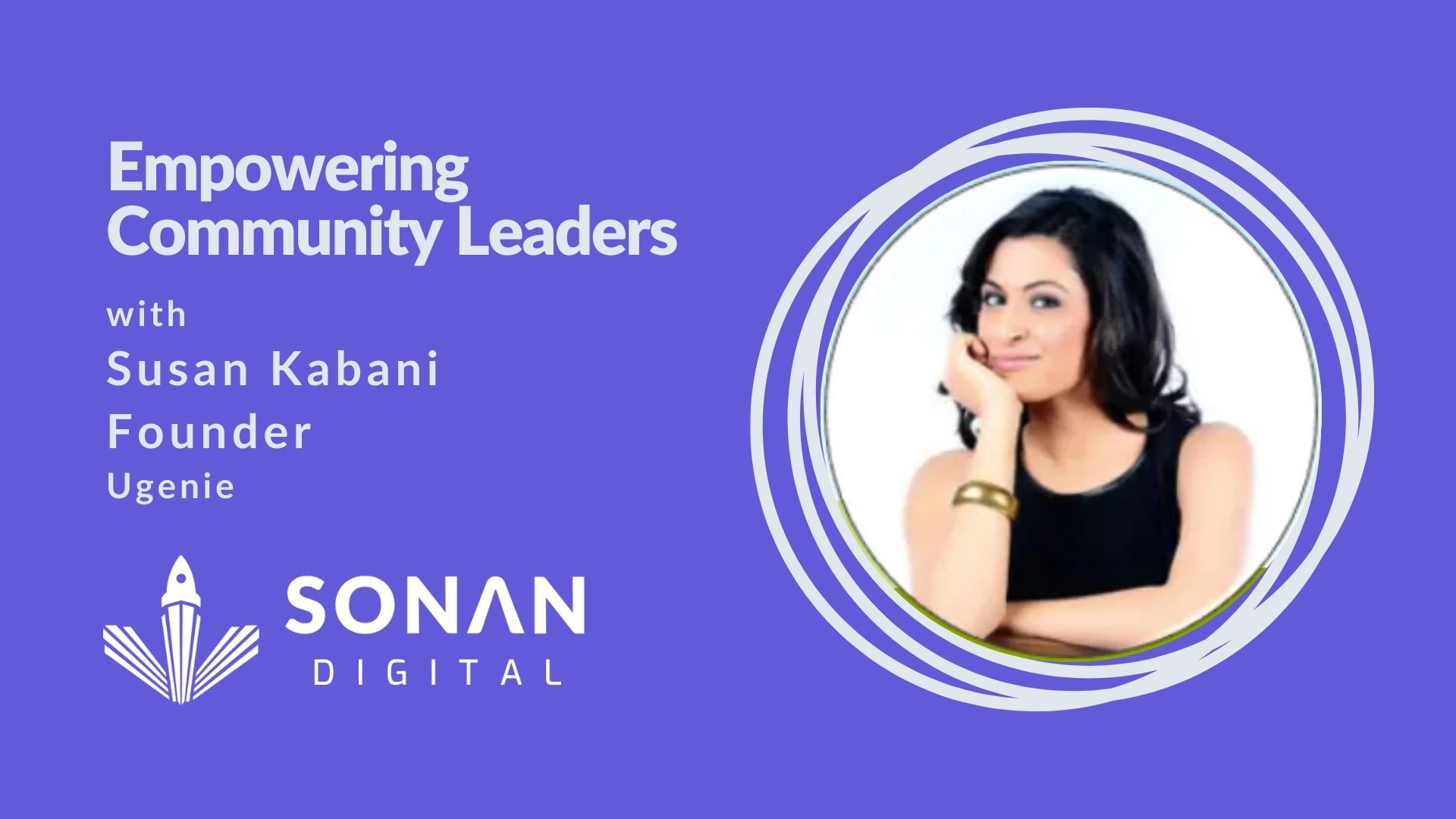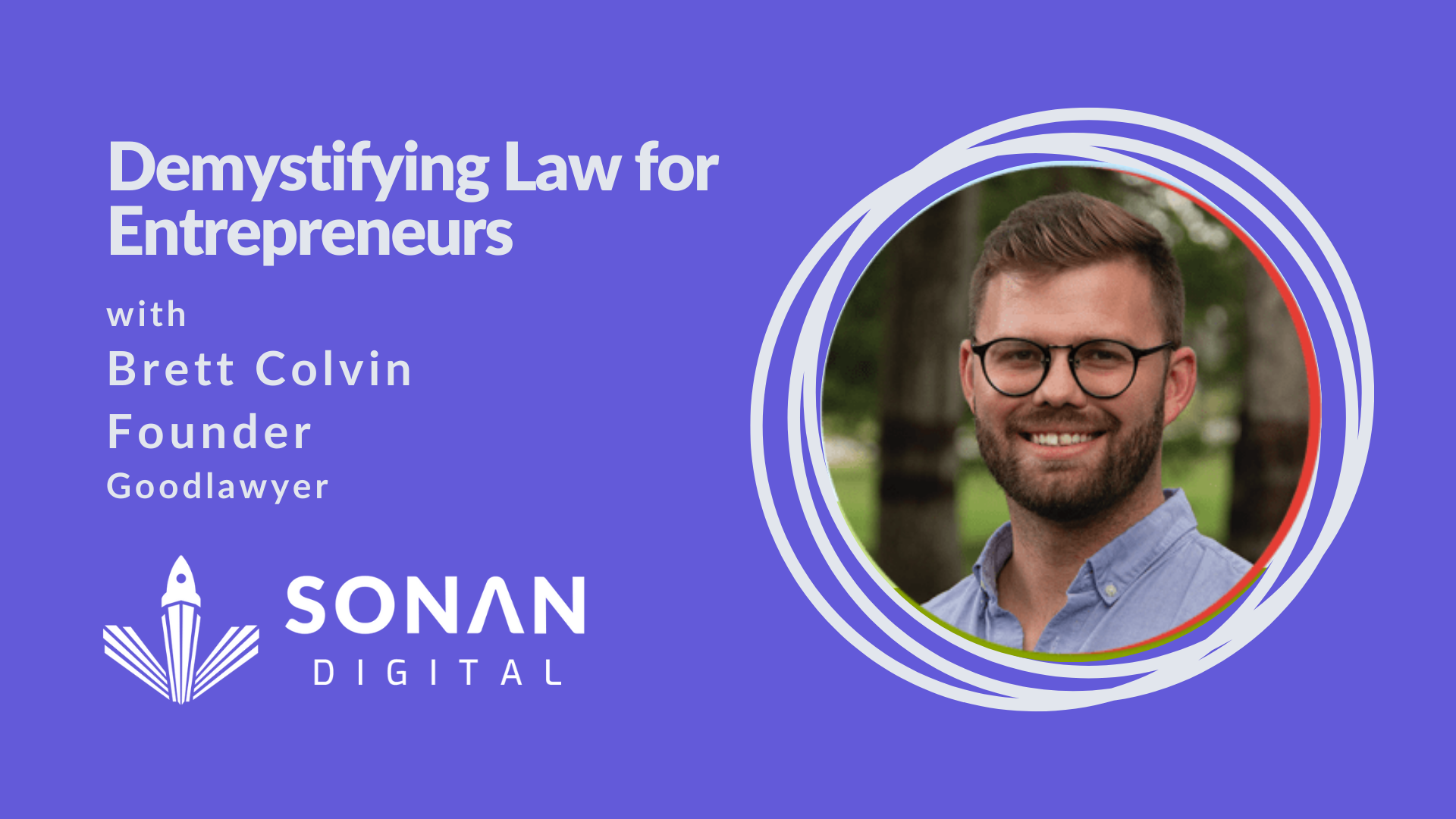Similar to a real estate transaction where you would typically have a buy side and a sell side realtor, in the world of small business acquisition, there’s very little buy-side support to help buyers navigate this system.
-Robert Irwin, CEO of Village Wellth
As part of our Founder Focus series featuring conversations with up-and-coming SaaS companies, we had the pleasure of interviewing Robert Irwin.
Robert Irwin is Co-Founder and CEO of Village Wellth, a buyer-first platform that simplifies business ownership.
With 16 years of experience in the wealth management industry, he’s working to bring accessibility, transparency and innovation to the closed-off business acquisition industry. With Village Wellth, finding, evaluating, and managing business acquisition opportunities can all be done in one place. In our discussion, we chatted about disrupting an outdated industry, running a fully remote team and how to overcome startup challenges.
Thank you so much for joining us! Our readers would love to know more about your backstory. How did you get started on the path you are on today?
We’re four founders with quite different backgrounds. We got into business together after having conversations regarding the small business acquisition friction that exists in the current marketplace. We realized no one was looking at the problems the way we wanted to. All of a sudden, we were incorporated, started delivering solutions and within three months saw some early revenue.
At Sonan Digital, we love chatting with founders from across the globe. Can you share where you and your team are currently located?
This company was really born during COVID and we’re all presently in Western Canada—Calgary, Alberta. It didn’t start out that way. One of our partners was in Toronto when we started the company and two of us on the team had never even met her before. She just recently moved to Calgary to continue building out the business. Our other co-founder moved to PEI mid-pandemic and is now back in Calgary. It’s honestly been the most tumultuous year and a half, but nonetheless, it’s really helped us to strive and develop a better product.
Share a little bit about your previous experience. Have you been involved with any entrepreneurial ventures in the past?
I had some background in the industry, I purchased and sold a small company in the past knowing very little about the acquisition process and I lost big time. I financed an acquirer back in the day and the buyer absconded with the assets and skipped town— I lost everything. I learned the hard way that buying and selling a business can be a treacherous space if you don’t approach it properly.
Liz MacRae, one of our co-founders, bought a company and didn’t do the due diligence that she should have in the process. Both those stories are what led us to recognizing some gaps in the industry. Both were expensive lessons and emotionally painful, but valuable nonetheless.
Building on your past experience, do you have a technical background relating to your product?
All of our founders have very different backgrounds. I think we complement each other very well. I was previously a wealth manager, but I mostly focused much of my work on the emotional aspects of my clients’ financial behaviour. I worked on developing innovative products in that space. Making that jump to tech gave me the platform to deliver some of the solutions I always wanted to see, and that was the precursor to Village Wellth.
We thought of inverting the market so sellers could search for quality buyers. We also wanted to give business owners a fully digital solution on a silver platter due to the huge amount of work required to get a company ready to be sold. We wanted to say ‘here are motivated, financially capable buyers ready to act now.’
We realized the industry is completely fractured. It’s a terrible, terrible system for all participants. I mean, if you look at the numbers, the average buyer starts the process looking for companies under the $5 million range, and they look for anywhere between 18 to 24 months. 95% of buyers are unsuccessful and they abandon their searches. Also, buyers are not being represented in this process.
Similar to a real estate transaction where you would typically have a buy side and a sell side realtor, in the world of small business acquisition, there’s very little buy-side support to help buyers navigate this system.
We realized we have the skills and the technical background to deliver services to these people. They’re wonderful people who are trying to achieve something and they just have no guidance, no support and no tools to do it. And so that’s what we’re building.
Amazing! So in your own words, what does Village Wellth do? Give us your best elevator pitch.
Right now, there is no end to end buyer representation in the acquisition industry for companies under $5 million. This means buyers are essentially left to their own devices when it comes to buying a business. So, completing the due diligence—financial and legal—it’s very inaccessible and as a result only 5% of buyers end up acquiring a business, creating a massive gap in the market.
By reversing the marketplace, we’ve created representation for these buyers and digitized the business acquisition journey. We built a suite of tools to accelerate the search, ability to evaluate opportunities and find simple financing. Our aim is to accelerate buyers and increase the likelihood of a successful transaction. Ultimately, we’re looking to help the 95% of buyers that are still actively searching and evaluating, while delivering value to them throughout their journey .
We’re also looking ahead at creating an aggregator of deal flow for all buyers, so they don’t have to go to 20 different locations to find out what’s available to them.
Acquiring your first customer is something most never forget. Can you share how you acquired your first few customers?
Our first customers, they came really fast and easy quite honestly. We had a really terrible product to start. We sort of launched and just wanted to see if users were interested in having these problems solved. With all our connections in the industry, we pointed a few people towards the product saying “hey, you know, is this something you’d be interested in?”
Once we started receiving feedback, people would suggest something and our response would be “That’s totally a great product, we should build it.” So we started building a new product overnight. That happened five or six times and then all of a sudden we had a large selection of products. The act of monetizing these products was validation for our ideas in the early stage and it happened almost immediately on day one.
It’s a competitive world out there. Do you have any main competitors and if so, how are you positioning yourself against them?
There are currently no direct competitors, it’s a pretty blue ocean, but there are companies that do aspects of what we do. It’s a lot of advisory based transaction advisors, brokers, lawyers and accountants. They all peck away at aspects of servicing the buyer. What we found is there are about a dozen buyer and seller marketplaces out there, but the buyer has to navigate it all on their own. As far as we know, we’re the only ones aggregating everything into one search tool for buyers and sellers, so we don’t really see any direct competition.
What is the biggest hurdle you’ve faced so far? How did you overcome it?
Quite honestly, it’s such a broken industry and there are so many problems. For us, the challenge was actually choosing what to fix and being able to communicate that clearly to the user. It’s been a real challenge.
I mean, if you’re selling really cool t-shirts, your value proposition is very straightforward—it’s a size, or color, or material, or whatever. But this is an industry where essentially buyer representation doesn’t really exist right now. We want to solve so many problems and we’ve had to really distill that down. So ‘killing your darlings’ so to speak, has been the hardest part for us. All these things we’ve been trying have been working, but we don’t have the capacity to do it all.
The sales team is often considered the backbone of most SaaS companies. How do you structure your sales process currently?
Currently two of our co-founders are leading the internal sales team and initially, we used a “legs and lungs” strategy as a way to engage the market. It’s kind of ironic using an in-person sales strategy to sell a digital tool, but to start the pilot light, you need to connect with people and so we are actively going out and building relationships with organisations and other visionary platforms. We see everyone as a welcome participant within our industry. We can make this a better system for all.
It can be helpful for new entrepreneurs to learn about the financial side of SaaS. What is your current revenue and how long did it take for you to become profitable?
I wouldn’t use the word profitable, I’d say we’re revenue positive. We’ve generated decent early revenue that will support aspects of our company, but if we want to grow aggressively we need additional funds. We recently closed our seed round raise of $400,000 in capital from advisors, industry participants and others across Canada. They’ve allowed us to continue developing this solution.
We got early revenue, we started pushing it because our software wasn’t super scalable the way we had it set up initially. It was wonderful and great validation, but we found ourselves spending more time than we wanted delivering these products for revenue. We weren’t working on the actual solutions from a scalable point of view. So now, with the capital raise, we can focus on scaling our product. We want to make sure this solution is right for the industry and that’s where a lot of resources are going now. It’s just refining the product so it’s killer.
What marketing strategies are you currently finding the most effective?
Email marketing is really effective and we’re currently delivering our content via email to people that sign up with us for free. It’s just top of funnel, engaging with them calmly and providing value and not rushing them through the process. It takes four to seven touchpoints to close a customer. We’re going to keep delivering because we know we are the ones getting attention in the industry from all sides. We just wanted to deliver.
The future is looking bright! What are your plans for the growth of the company?
We’re hiring a couple of people right now, starting in January, to help us expand, which is pretty exciting for us and we’ll likely be hiring more as the year progresses. We’re also looking ahead at creating an aggregator of deal flow for all buyers, so they don’t have to go to 20 different locations to find out what’s available for them to consume.
How can people find and connect with you?
Definitely on LinkedIn, but honestly, the best way to connect with Village Wellth is creating a simple free profile and you can access just about every category that we have available for free.
Learn more about Village Wellth, a buyer-first platform that simplifies business ownership.
-1024x320.png)




